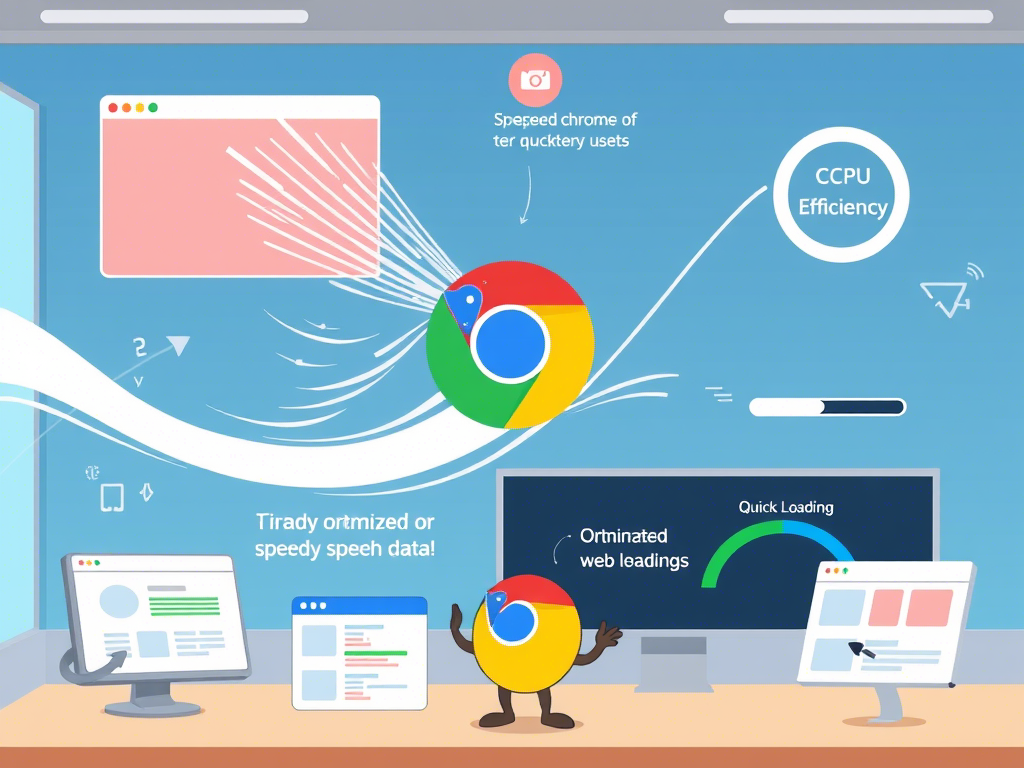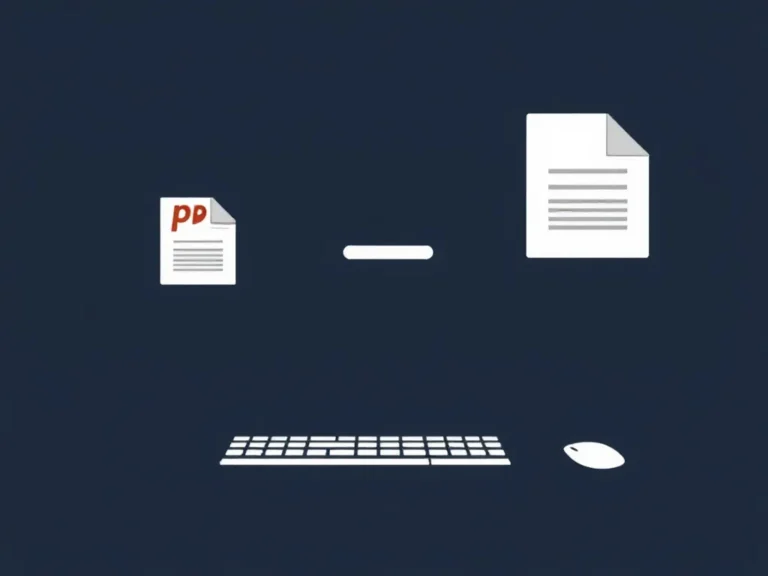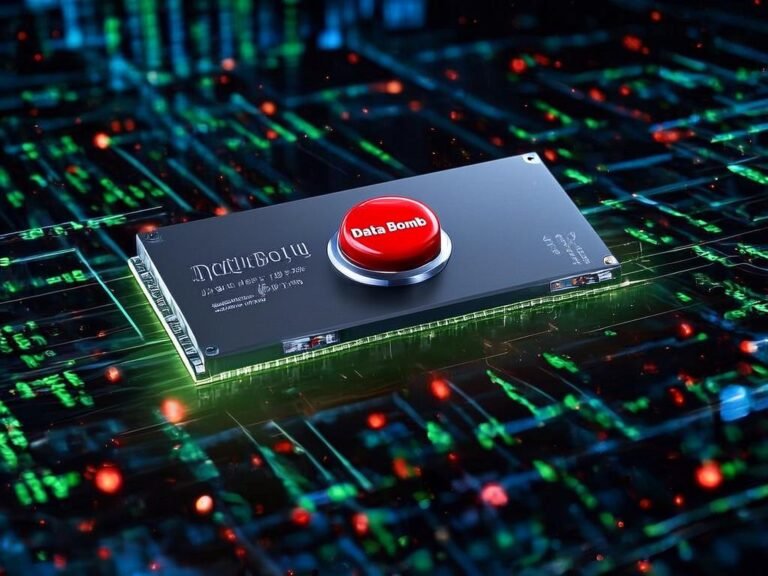How Google Supercharged Chrome for Lightning-Fast Performance

How Google Supercharged Chrome for Lightning-Fast Performance
Last year in June, Google announced a major performance upgrade for Chrome and shared a detailed breakdown of how it managed to make the browser faster and more efficient. Now, almost exactly one year later, the company is back with another technical update — showing that its work on Chromium optimization is far from over.
This time around, the focus has been on refining core systems like memory management and caching strategies — changes that might not be obvious to users, but have a real impact on speed, stability, and overall browsing experience.
🚀 A Broader Trend: Browser Speed Competition Heats Up
Google isn’t alone in highlighting recent performance improvements. Microsoft has also emphasized how Microsoft Edge has become significantly faster, especially after recent updates. Both companies are using the same benchmark — Speedometer 3.0 — to measure their progress and compare results.
In fact, we ourselves used this benchmark during our review of the Teamgroup T-Force DDR5-7200 RAM , showing just how important standardized tools like Speedometer 3.0 have become in evaluating system-wide performance.
💾 Inside Chrome’s Latest Performance Gains
According to Google’s latest blog post, the development team has made notable strides in optimizing how Chrome handles memory and caches data. These enhancements include a redesign of internal memory layouts for many critical components — including DOM handling, CSS parsing, layout rendering, and painting operations.
The goal? To reduce overhead, improve resource efficiency, and ensure smoother performance — especially when dealing with complex websites or multitasking between tabs.
🧠 Blink Engine Gets Smarter
At the heart of these improvements is Blink , the rendering engine behind Chrome and Chromium-based browsers. Google explains that Blink now avoids unnecessary processing tasks — what the team calls “useless churn” — which helps better utilize CPU caches and speeds up execution times.
One key change involves memory allocation. Previously, parts of Chrome relied on traditional malloc functions for memory management. Now, the team has shifted entirely to Oilpan , the built-in garbage collector within Blink. This switch reduces memory fragmentation and improves long-term performance, especially when handling large-scale web content.
For those unfamiliar: Oilpan is an integrated garbage collection system that automatically cleans up unused memory — helping keep Chrome lightweight and responsive.
🔁 Better String Handling and Caching Strategies
Beyond memory management, Google has also updated how Chrome processes strings internally by switching to a new hashing method called RapidHash , which improves performance during string-related operations.
When certain rendering tasks can’t be avoided — such as calculating CSS styles for thousands of elements — enhanced caching techniques help reduce redundant computations. The result? Higher cache hit rates and fewer misses, leading to faster rendering and improved responsiveness.
🧰 Lessons from Windows Optimization
Interestingly, some of the strategies Google is applying mirror insights recently shared by a senior Microsoft engineer, who pointed out similar inefficiencies in Windows applications that cause slowdowns over time.
These optimizations aren’t just about raw speed — they’re about building smarter software that uses resources more efficiently, especially under heavy loads.





